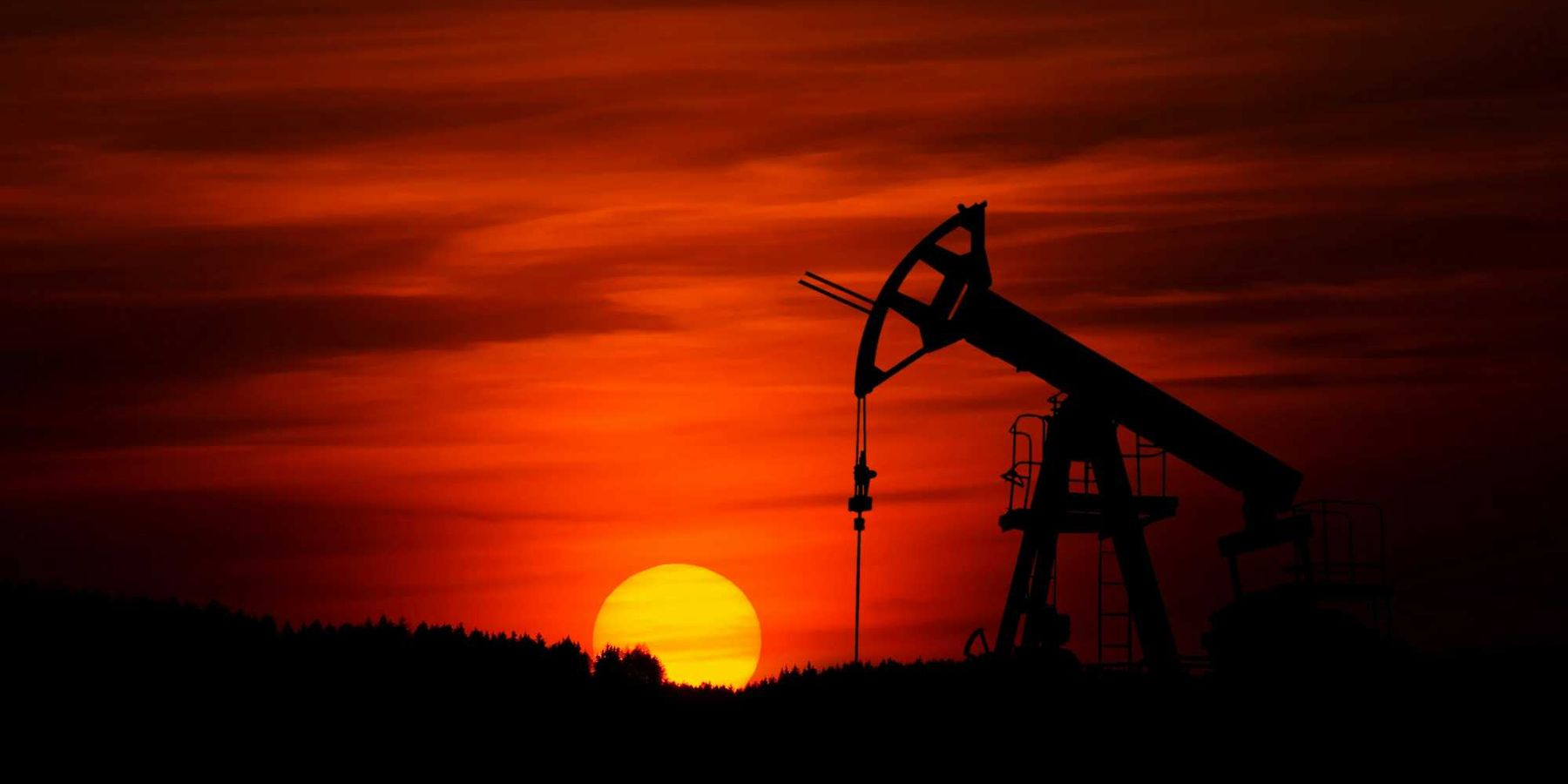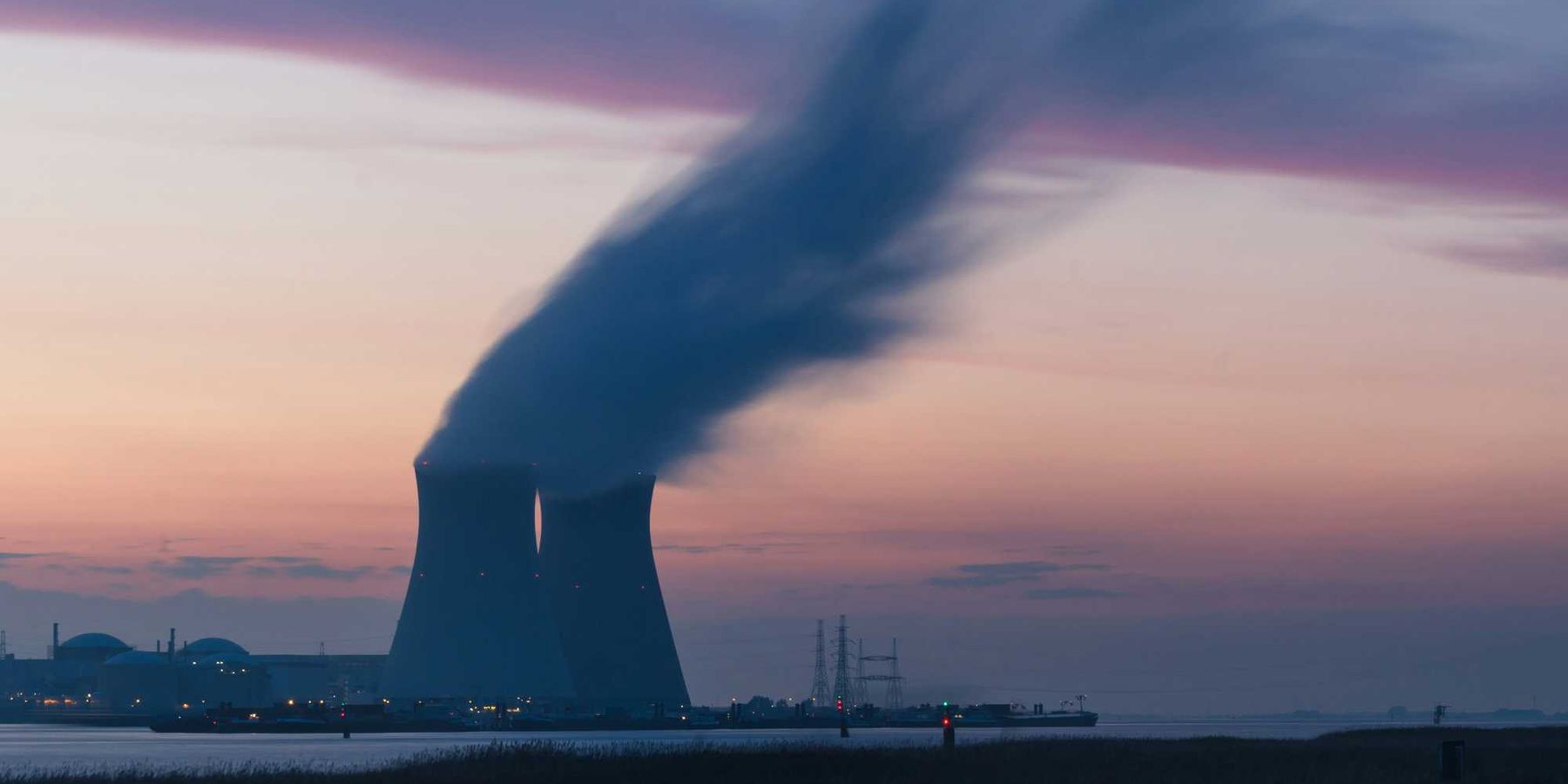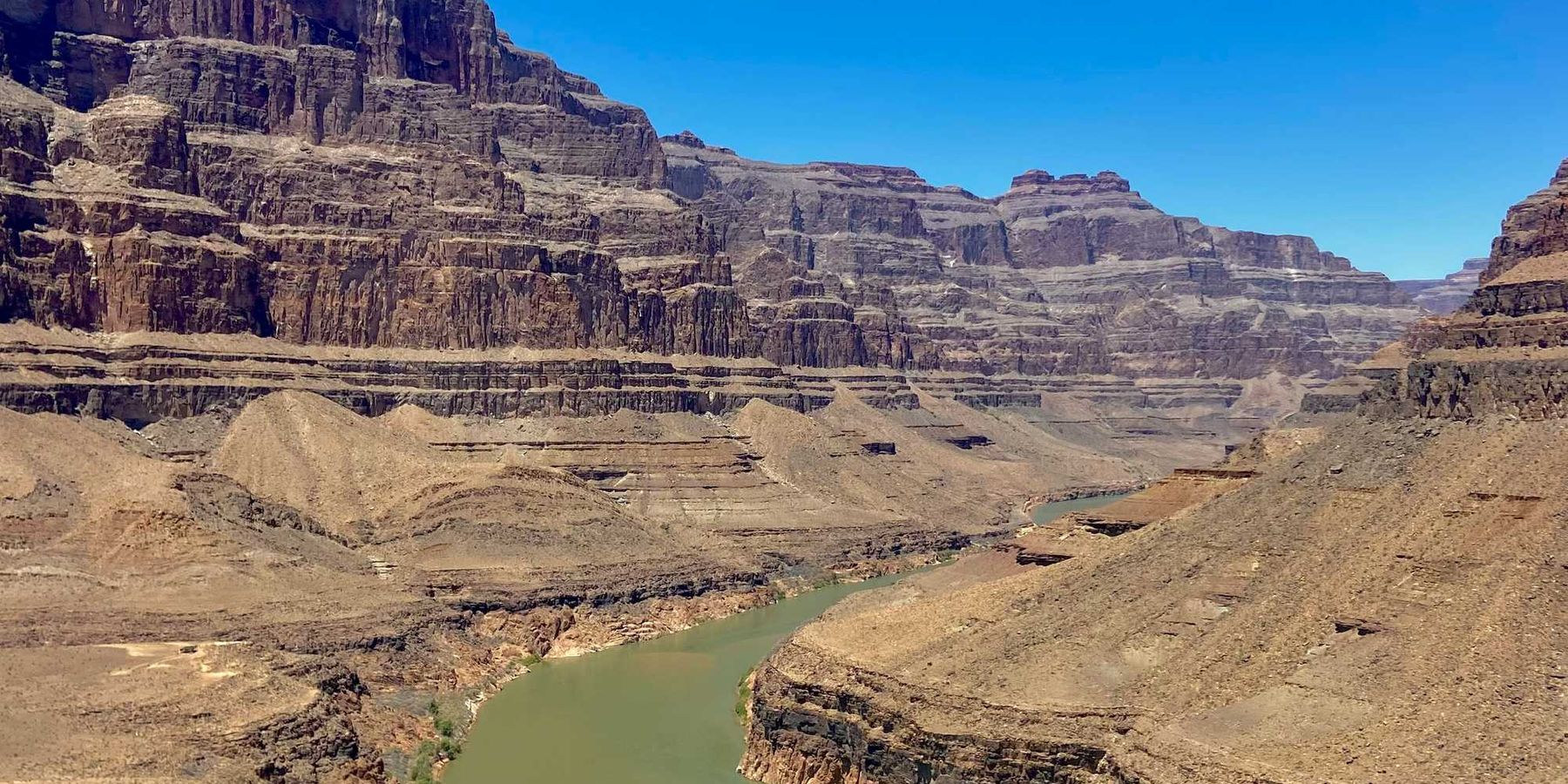Increasing emergency room visits due to heat illness in 2023
Last year saw a significant rise in ER visits related to heat illnesses across the U.S., a CDC study finds.
Noah Weiland reports for The New York Times.
In short:
- Data from 2023 shows a notable increase in heat-related illnesses, primarily from May to September, with nearly 120,000 recorded ER visits.
- Southern states, particularly Arkansas, Louisiana, New Mexico, Oklahoma and Texas, experienced the highest rates of heat-related visits.
- Men and adults aged 18-64 were the most affected groups, suggesting specific demographic vulnerabilities to heat effects.
Key quote:
"The heat you were asked to manage 10 years ago is not the heat you’re being asked to manage today."
— Kristie L. Ebi, University of Washington professor
Why this matters:
Heat illnesses range from mild conditions like heat rash and heat cramps to more severe forms such as heat exhaustion and heat stroke, the latter of which can be life-threatening. Those who work outdoors can be particularly vulnerable. Urban areas are particularly vulnerable due to the "urban heat island" effect, where buildings and roads absorb and re-emit the sun’s heat more than natural landscapes such as forests and bodies of water. This can make cities several degrees warmer than their rural surroundings, increasing the risk of heat-related illnesses for city dwellers.
For more: Worsening heat waves are hammering the disabled community.













